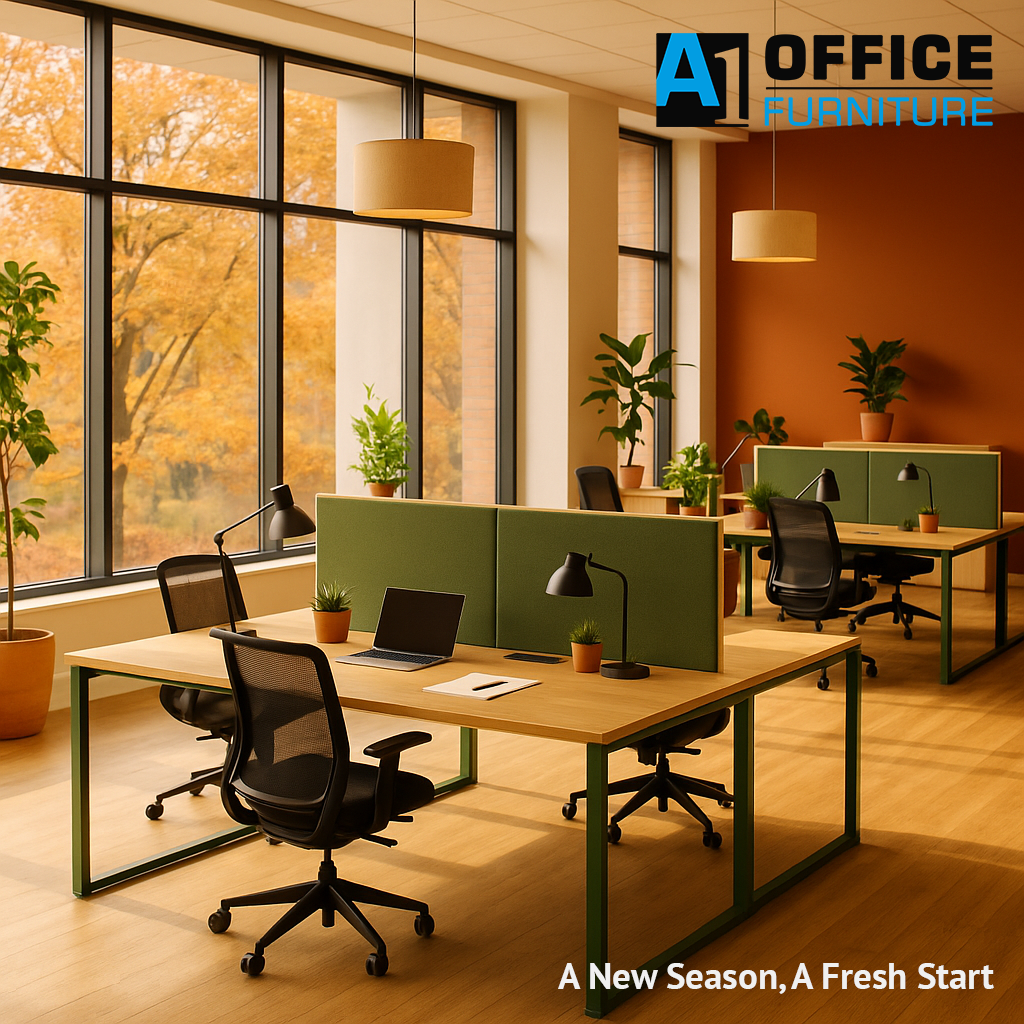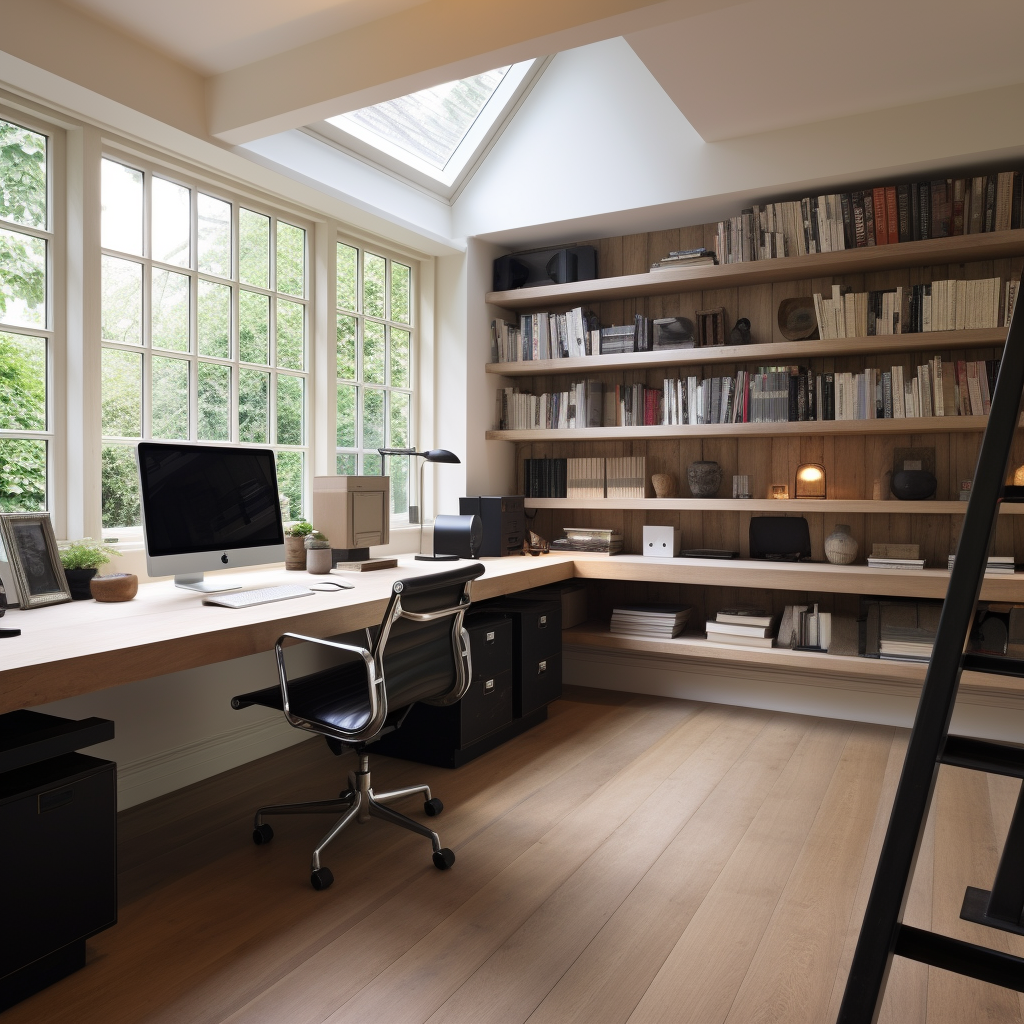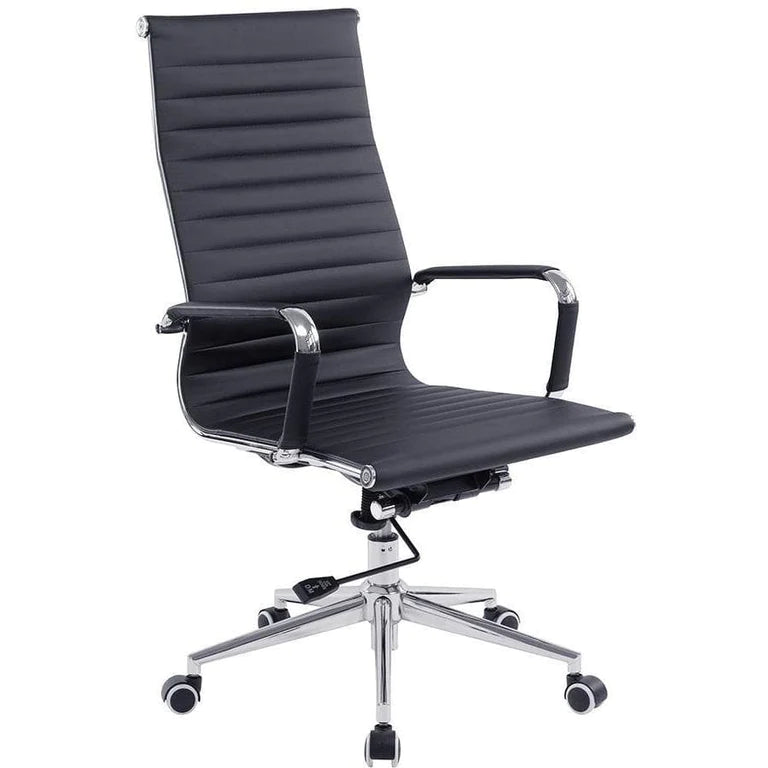
Color Psychology in Maximizing Office Space

In the contemporary workspace, color psychology plays a pivotal role in both the perception of space and employee productivity. The strategic use of color schemes in office design isn't just about aesthetics; it's a nuanced approach to creating an environment that fosters creativity, efficiency, and well-being.
Understanding Color Psychology
Color psychology delves into how different hues impact human behavior and mood. For instance, blue is often associated with productivity and calmness, making it an ideal choice for workspaces where focus and efficiency are paramount. On the other hand, warmer tones like red or orange can invigorate and stimulate, suitable for areas where collaboration and energy are key.
Maximizing Space Perception with Color
Color can dramatically alter the perception of space. Light colors, such as whites and pastels, can make a room feel larger and more open, which is particularly beneficial in smaller offices. In contrast, darker colors tend to create a sense of coziness but can make a space feel smaller. This understanding can be leveraged to enhance or downplay certain areas of the office.
Boosting Productivity through Color Choices
The right color palette in the workplace can significantly boost employee productivity and morale. For example, green, often linked to nature, can reduce eye strain and promote a sense of balance, making it an excellent choice for workspaces where employees spend long hours staring at screens.
Color Zones for Different Activities
Creating different zones with specific color themes can be effective. For example, a brainstorming area might feature vibrant, stimulating colors like yellow or orange, while a relaxation zone could have soothing blues and greens. This zoning helps in mentally preparing employees for the task at hand, based on the color cues.
Balancing Aesthetics and Function
While it's important to consider the psychological effects of color, it's equally crucial to balance this with aesthetics and the overall brand image of the company. The color scheme should align with the company's identity and culture while also catering to the psychological needs of the employees.
Sustainable and Health-Focused Color Choices
With an increasing focus on sustainability and health, selecting non-toxic, environmentally friendly paints is essential. Some colors and paints can also improve air quality, contributing to a healthier office environment.
Conclusion
In conclusion, the strategic use of color in office design is a powerful tool. It not only enhances the perception of space but also plays a critical role in influencing employee productivity and well-being. By understanding and applying the principles of color psychology, businesses can create workspaces that are not only visually appealing but also psychologically beneficial.









